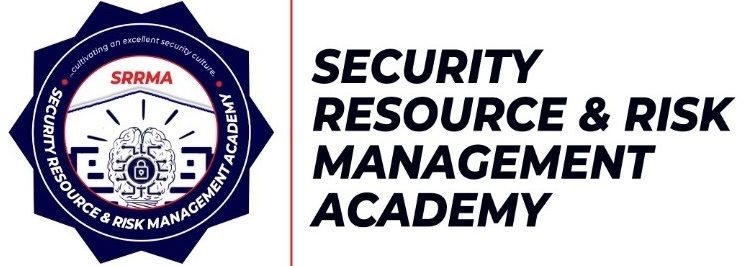Duration
6 days/2 months
Pricing
- Self-Paced (₦200,000)
- Online (₦150,000)
- Onsite (₦200,000)
Course Information:
An immersive course that teaches risk identification, evaluation, and mitigation strategies to strengthen cybersecurity defenses in organizations
Practical Hands-On Training:
• Real-life emergency case studies
• Interactive crisis simulation exercises
• Best practices from global emergency response frameworks
Benefits from the Course:
• Certified Emergency Manager (CEM) Credential
• Nationally Recognized Emergency Management Qualification
• Enhanced career growth in security, safety, and crisis management
• Improved decision-making skills in high-pressure situations
• Networking opportunities with industry experts
• Confidence in handling emergencies effectively
• Comprehensive Training Materials
Key Modules:
• Risk Management Frameworks and Models
• Vulnerability Assessment and Risk Profiling
• Security Controls Implementation
• Business Continuity and Contingency Planning
Why You Must Register for This Course:
• Emergency management professionals are in high demand globally
• Increase your earning potential and professional credibility
• Gain industry-recognized certification that enhances career progression
Who Should Attend?
- Emergency Response Coordinators and Disaster Management Professionals
- Government and NGO Personnel in Crisis Preparedness
- Security, Safety, and Risk Management Professionals
- Corporate Leaders and Business Continuity Planners
- Health and Safety Officers
- Law Enforcement, Firefighters, and First Responders
- Facility and Infrastructure Managers
- Humanitarian and Relief Organization Personnel
- Individuals Seeking a Career in Emergency and Disaster Management
Skill Prerequisites
• Basic understanding of cybersecurity principles and threat analysis
• Professional experience in IT security, penetration testing, or incident response (recommended)
• Commitment to ethical cybersecurity practices
• Laptop with minimum specifications:
• 8GB RAM (DDR3 to DDR6)
• SSD Drive (Minimum 256GB)
• Windows/Linux Operating System with Virtualization Support
